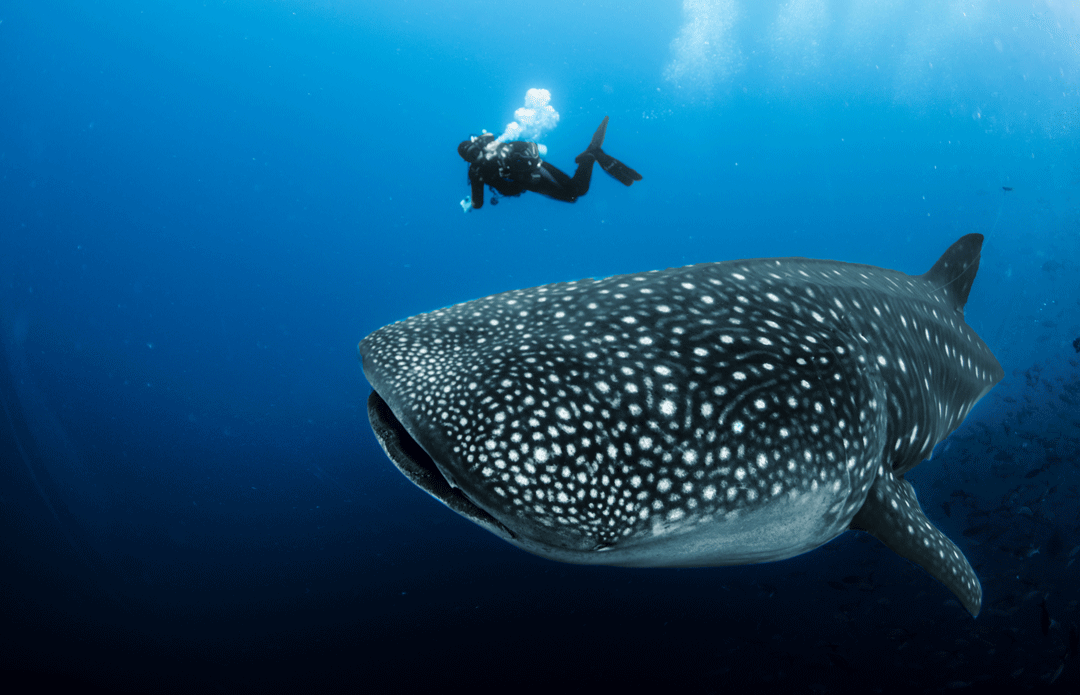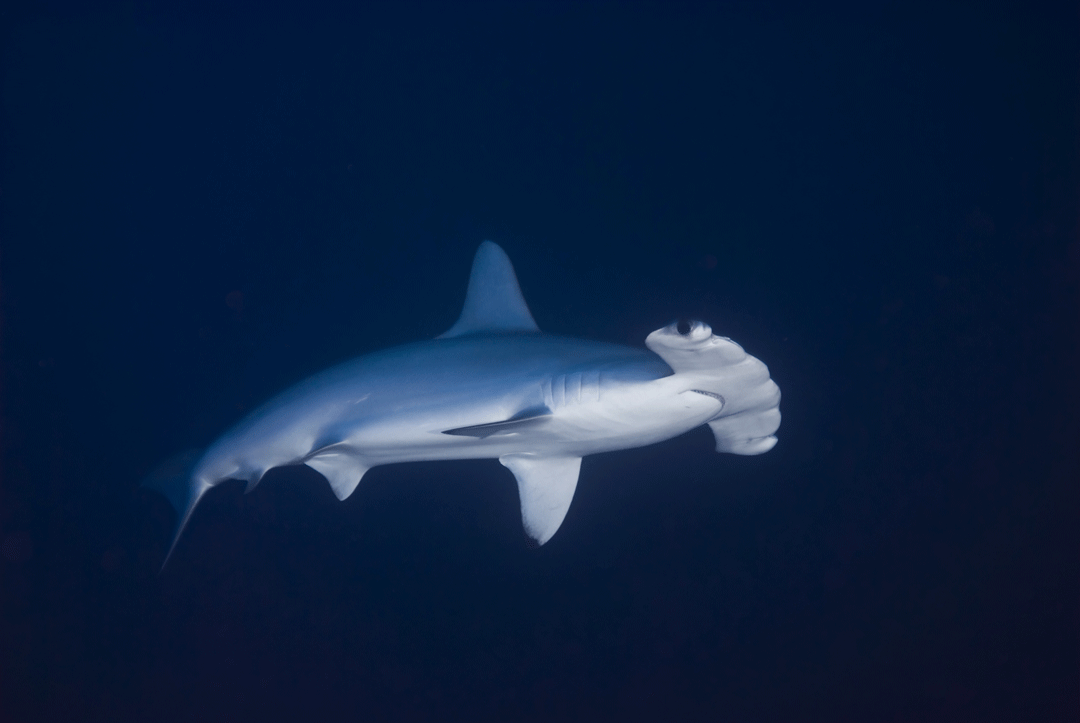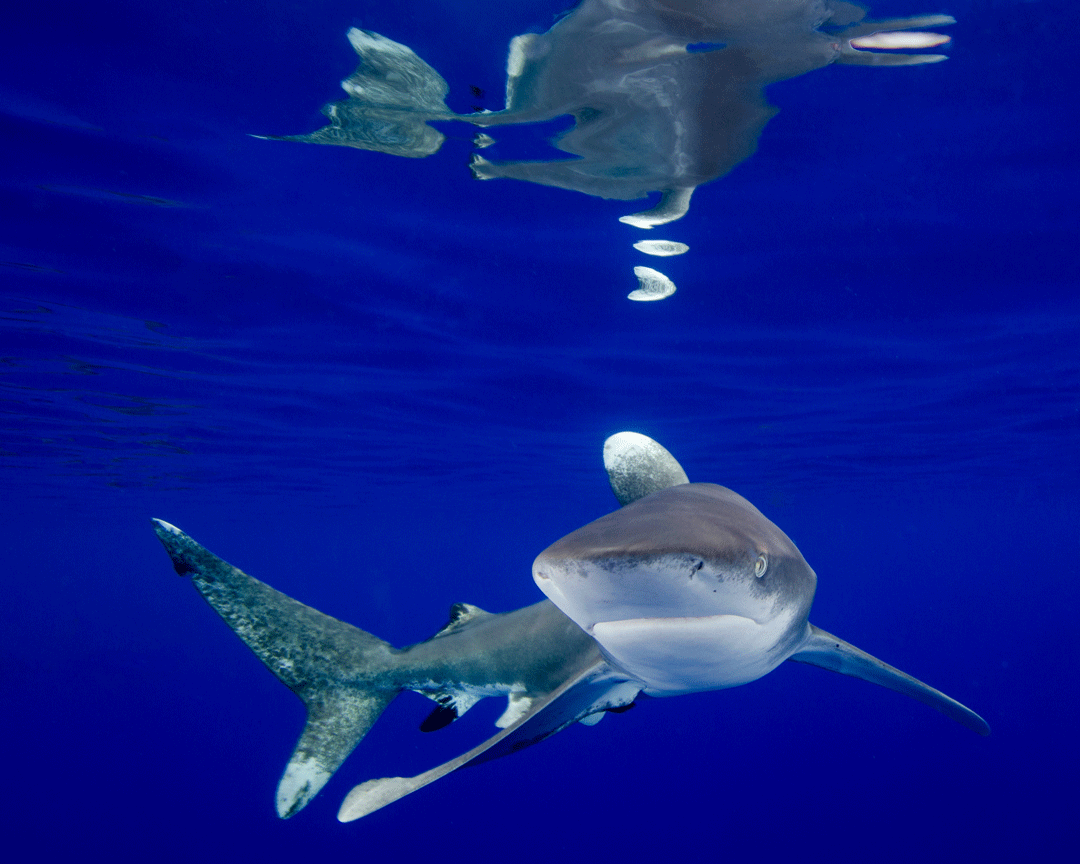Fast forensics: a new tool to track the illegal trade of sharks
Scientists have developed a fast and cost-effective way of identifying highly threatened sharks that are sold illegally in international trade. Up until now, many shark products (for instance, their fins and meat), which are often visually indistinguishable from one species to the other, have been difficult to screen during detainment in customs. This development provides a new way to help monitor the sustainability, legality and transparency of the trade in shark products around the world.

Whale shark. Photo © Lindsey Lu | Shutterstock
Twelve shark species are listed under CITES Appendix II, an agreement that commits to monitoring the legality and sustainability in the international trade of wildlife products. The Convention on International Trade in Endangered Species of Wild Fauna and Flora (CITES) is an agreement between 183 international governments and either prohibits (Appendix I) or regulates (Appendix II) trade in wildlife and plant products. Under CITES Appendix II, anyone exporting shark products is required to produce evidence that the specimens were legally sourced, can be traced along the supply chain and that the ongoing trade in that species is not harmful to their survival. If a country exporting shark goods fails to meet these criteria and produce the accompanying documentation, it can face international trade sanctions.

White shark. Photo © wildestanimal | Shutterstock
The survival of many shark species is threatened by a demand for their products; in particular, their fins and meat. The whale shark Rhincodon typus, basking shark Cetorhinus maximus and great white shark Carcharodon carcharias were listed under CITES Appendix I between 2001 – 2004. The porbeagle shark Lamna nasus, scalloped hammerhead Sphyrna lewini, great hammerhead S. mokarran, smooth hammerhead S. zygaena, the oceanic whitetip shark Carcharhinus longimanus, silky shark C. falciformis, bigeye thresher shark Alopias superciliosus, pelagic thresher shark A. pelagicus and common thresher shark A. vulpinus were added to Appendix II between 2013 – 2016. Listing these species on CITES is a first step towards combating the illegal or unsustainable trade in their products.

Scalloped hammerhead shark. Photo © Mark Doherty | Shutterstock
The real trick, however, lies in effectively enforcing CITES regulations once they’re in place. Typically, forensic tools like DNA barcoding are used to trace wildlife products and monitor illegal activities. Each product’s origin and the species to which it belongs needs to be traced as specimens move across borders. However, removing samples to test in a laboratory is time-consuming and costly. Most inspections of imports and exports happen in less than 24 hours, which becomes impossible to handle when shipments are typically large in volume. Running a sound DNA barcoding protocol takes time, and requires a number of steps. A new, improved method that reduces the cost and time of screening products, without compromising accuracy, would help enforce CITES regulations and help countries meet their trade requirements, lowering the risk of future sanctions and more efficiently protecting sharks.

Oceanic whitetip shark. Photo © Brent Barnes | Shutterstock
Diego Cardeñosa, Jessica Quinlan, Kwok Ho Shea and Demian Chapman investigated a real-time PCR method that can detect nine of the 12 CITES-listed shark species. Polymerase chain reaction (PCR) is a tool in molecular biology that detects DNA sequences. Whereas other methods of DNA detection take days, PCR is sensitive and can take as little as a few hours. Real-time PCR methods reduce the number of steps required to identify species from their products, and improves on DNA barcoding because they don’t need to run in a laboratory. Cardeñosa and his colleagues put forward a new protocol that rapidly detects the presence of nine of the twelve CITES-listed shark species. Their PCR can be used as a field-based tool to detect the illegal exportation/importation of these species. Their findings, published in November in Nature Scientific Reports, show that their method can take as little as 4 hours to run 95 samples, at a cost of roughly $0.94 USD per sample.

Illustration © Connect world | Shutterstock
Refining tools to ease the logistical and cost challenges that conservationists and managers face in the field is an important step in ensuring that good policies and regulations, when they’re written up and declared, are actually enforced on the ground. It’s an exciting step forward in genetics, and hopefully a sign of better enforcement to come in the world of shark conservation.
***Reference: Cardeñosa, D., Quinlan, J., Shea, K.H. and Chapman, D.D., 2018. Multiplex real-time PCR assay to detect illegal trade of CITES-listed shark species. Scientific reports, 8(1), p.16313. DOI: 10.1038/s41598-018-34663-6
You can read the paper here.
